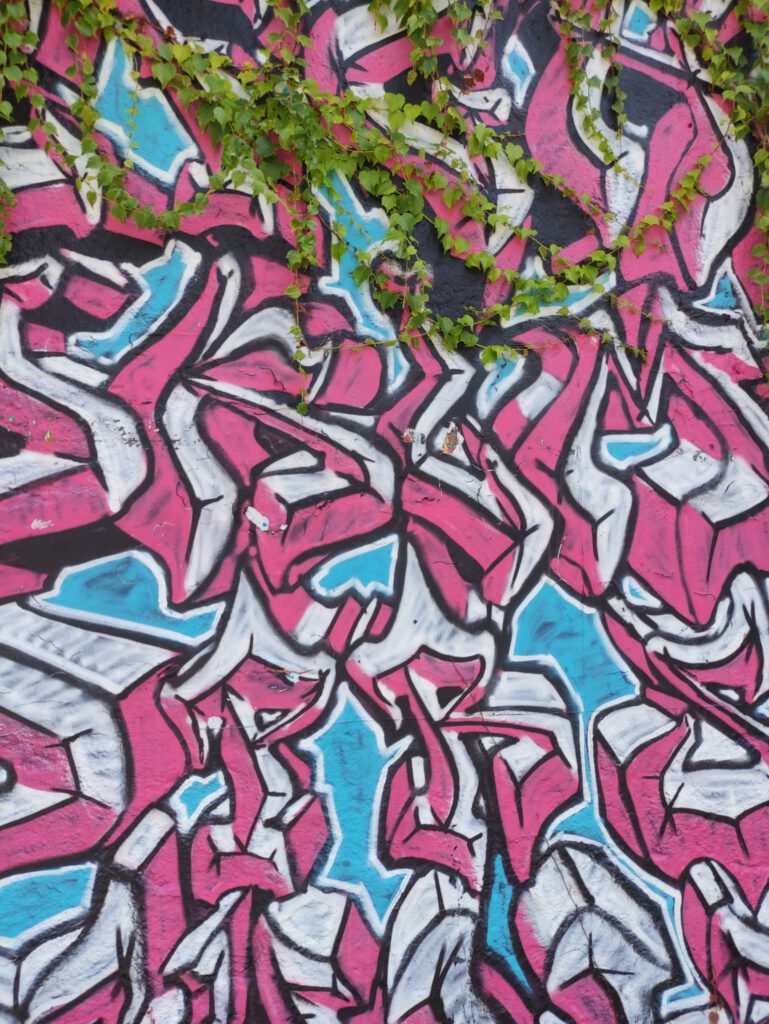The Buzz of Busy Graffiti: Exploring Complex Urban Art
Busy graffiti is a vibrant and intricate style of street art characterized by its densely packed designs and dynamic compositions. This form of graffiti stands out for its detailed, energetic aesthetics that can turn any urban surface into a visually stimulating experience. This article delves into the essence of busy graffiti, its key features, artistic techniques, and its impact on contemporary street art.
What is Busy Graffiti?
Busy graffiti refers to a style of street art that features highly detailed and complex designs. Unlike minimalist or simple graffiti, busy graffiti is characterized by its layered elements, intricate patterns, and energetic use of color. This style aims to captivate viewers with its visual richness and often creates a sense of organized chaos.
Characteristics of Busy Graffiti
- Intricate Patterns: Busy graffiti is known for its elaborate patterns and textures. Artists use a variety of shapes and lines to create complex designs that draw the eye and invite close examination.
- Vibrant Color Palettes: This style often employs bold, vibrant colors to enhance the visual impact. The use of contrasting hues and gradients adds depth and dynamism to the artwork.
- Layered Elements: Busy graffiti frequently features multiple layers of imagery, blending different elements and styles into a cohesive whole. This layering creates a sense of movement and complexity within the artwork.
- Energetic Composition: The composition of busy graffiti is typically dynamic and full of energy. The designs often appear to be in motion, reflecting the artist’s intent to capture a sense of vitality and action.
Techniques and Methods
1. Detailed Stenciling
Many artists use detailed stencils to create intricate designs in busy graffiti. Stencils allow for precise patterns and consistent repetition, making it easier to achieve complex compositions.
2. Freehand Painting
Freehand painting is another technique used in busy graffiti. Artists use spray paint, brushes, and other tools to create detailed and spontaneous designs. This approach allows for greater flexibility and creativity in the artwork.
3. Mixed Media
Busy graffiti often incorporates mixed media elements, such as stickers, posters, and other materials. These additions can enhance the texture and depth of the artwork, adding layers of visual interest.
4. Layering Techniques
Artists frequently employ layering techniques to build up the complexity of their designs. By applying multiple layers of paint and incorporating various elements, they create rich and multifaceted compositions.
Notable Examples and Artists
Several artists are renowned for their work in busy graffiti, showcasing its potential for complexity and visual impact:
- RETNA: Known for his elaborate and intricate script-based graffiti, RETNA’s work often features detailed patterns and vibrant colors that exemplify the essence of busy graffiti.
- Swoon: An artist celebrated for her complex and layered street art, Swoon’s work frequently incorporates detailed cutouts and mixed media, aligning with the characteristics of busy graffiti.
- Keith Haring: While his style is more minimalist, Haring’s use of energetic lines and repetitive patterns can be seen as an influence on the dynamic nature of busy graffiti.
Impact on Art and Culture
Busy graffiti has made a significant impact on both the art world and popular culture:
- Artistic Innovation: The complexity and detail of busy graffiti showcase the innovative potential of street art. Artists push the boundaries of traditional graffiti by creating intricate and visually rich compositions.
- Urban Aesthetics: Busy graffiti enhances urban environments by transforming blank walls into vibrant and engaging artworks. This style contributes to the cultural and visual landscape of cities.
- Viewer Engagement: The intricate and dynamic nature of busy graffiti captures the attention of viewers and encourages them to explore the artwork more deeply. This engagement enhances the overall impact of the art.
Challenges and Considerations
- Complexity in Execution: The intricate designs of busy graffiti require a high level of skill and precision. Artists must carefully plan and execute their work to achieve the desired level of detail and complexity.
- Maintenance: The durability of busy graffiti can be affected by environmental factors and vandalism. Maintaining these artworks requires ongoing effort to preserve their visual integrity.
Conclusion
Busy graffiti represents a fascinating and vibrant aspect of street art, characterized by its intricate patterns, vibrant colors, and dynamic compositions. By transforming urban spaces with detailed and energetic designs, busy graffiti captures the imagination and enhances the visual appeal of city environments. As this art form continues to evolve, it remains a testament to the creativity and innovation of contemporary street artists.street art to bring joy and artistic expression to public spaces.enthusiasts.
